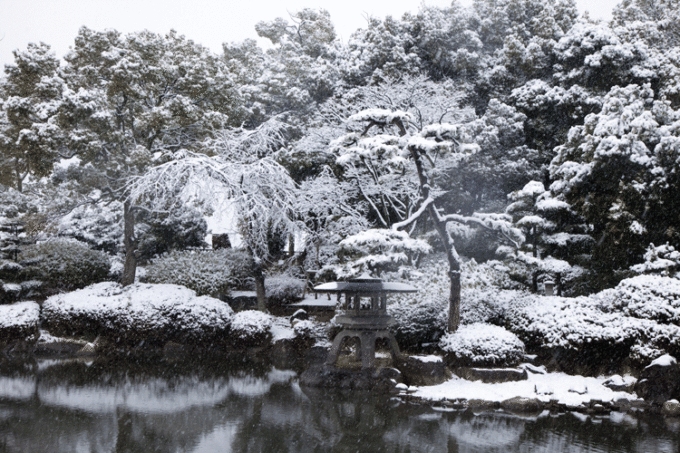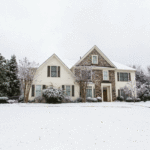How To Make Your Yard Look Good In The Winter and Ready for the Spring Time
Winter can be a pretty drab time of year in the outdoor world. Leaves fall off the trees, most of the flowers stop blooming, and the yard often looks brown and dead.
It doesn't have to be like that, though. With the right combination of plants, hardscaping, and lights you can have a vibrant yard with fantastic curb-appeal all year-round.
Whether you're looking ahead to next year or want to add winter interest right now, keep reading for tips on how to make your yard look good in the winter months.


Things To Plant Next Year
If you want your landscape beds to look good in the winter, the plants you're growing play a large role. It's a little late this year to plant new trees (that should be done in the early fall), but you can start planning ahead for next year. Here are several types of plants that stay interesting in a winter garden:- Plants with berries that stay through fall and winter, like chokeberries (Aronia arbutifolia, zones 4-9), Yaupon holly (Ilex vomitoria, zones 7-10), and Nellie R. Stevens hollies (Ilex x 'Nellie R. Stevens', zones 6-9)
- Evergreen plants like barberry (hardiness varies by cultivar), and berry-producing junipers like eastern redcedar juniper (Juniperus virginiana, zones 2-9).
- Winter-blooming shrubs like leatherleaf mahonia (Mahonia bealei, zones 6-9), Jacqueline Postill daphne (Daphne bholua 'Jacqueline Postill', zones 7-9), and winter jasmine (Jasminum nudiflorum, zones 5-10).
- Plants with interesting seed heads, like coneflowers, sedum, alliums, and ornamental grasses.


